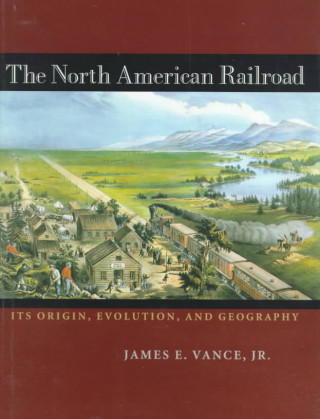
Code: 04708509
North American Railroad
by James E. Vance
This work offers an account of where and why rail lines were built in various regions and at different times across the North American continent. It tells why the United States and Canada developed distinctive forms of rail techno ... more
- Language:
 English
English - Binding: Hardback
- Number of pages: 384
Publisher: Johns Hopkins University Press, 1995
- More about this

39.49 €
RRP: 43.84 €
You save 4.35 €
Availability:
50/50 We think title might be available. Upon your order we will do our best to get it within 6 weeks.
We think title might be available. Upon your order we will do our best to get it within 6 weeks.We search the world
You might also like
-

Canal du Midi
19.13 € -9 % -

Naturally Human, Supernaturally God
29.81 € -18 % -

Nonkonformisten
15.51 € -9 % -

Literature of China in the Twentieth Century
47.45 € -

Kristeva in Focus
42.01 € -

Law & it's Fulfillment
28.91 € -10 % -

Lisy and Lisa: The Twins: Story No. 20 of The THOUSAND and One DAYS: Book 2
10.17 € -2 %
Give this book as a present today
- Order book and choose Gift Order.
- We will send you book gift voucher at once. You can give it out to anyone.
- Book will be send to donee, nothing more to care about.
Availability alert
Enter your e-mail address and once book will be available,
we will send you a message. It's that simple.
More about North American Railroad
You get 99 loyalty points
 Book synopsis
Book synopsis
This work offers an account of where and why rail lines were built in various regions and at different times across the North American continent. It tells why the United States and Canada developed distinctive forms of rail technology surprisingly different from those of Britain, where railroading originated, and explains how these developments convey with particular clarity the continent's unique historical geography. The author takes issue with the commonly held belief that a single rail technology spread from Britain to the rest of the world. Instead, he argues, two distinct traditions of railroad building and utilization developed simultaneously - beginning in Britain around 1825 and in the United States around 1830. One defining difference, Vance explains, was that the construction of rail lines in North America was contingent on a potential market rather than an existing one. But an even greater factor was geography. Because of the great length of lines and the considerable physical barriers to rail development, North American rail companies developed powerful locomotives instead of building the costly engineering works customary in England. Few American lines had extensive tunnels or bridges because the railroads followed the terrain as closely as possible. The North American system, Vance concludes, was a mirror image of the British model of weak engines and superb infrastructure. Vance also explores the railroad's singular role in defining North American space, as lines crossed so varied and undeveloped a landscape. By 1917 the North American railnet had transformed the continent and become the most comprehensive in the world - with a quarter of the world's trackage built in the United States alone, and a third in the US and Canada combined.
 Book details
Book details
Book category Books in English Economics, finance, business & management Industry & industrial studies Transport industries
39.49 €
- Full title: North American Railroad
- Subtitle: Its Origin, Evolution and Geography
- Author: James E. Vance
- Language:
 English
English - Binding: Hardback
- Number of pages: 384
- EAN: 9780801845734
- ID: 04708509
- Publisher: Johns Hopkins University Press
- Weight: 1250 g
- Dimensions: 210 × 279 × 33 mm
- Date of publishing: 02. October 1995
Trending among others
-

Box
19.64 € -5 % -

Building Agreement
12.79 € -18 % -
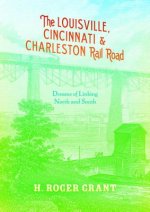
Louisville, Cincinnati & Charleston Rail Road
40.70 € -4 % -

Dictionary of Aviation
26.69 € -

Shinkansen
222.36 € -

Tootin' Louie
39.69 € -4 % -
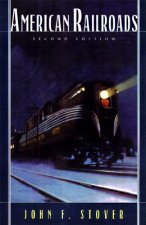
American Railroads
36.46 € -
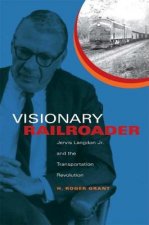
Visionary Railroader
33.04 € -1 % -
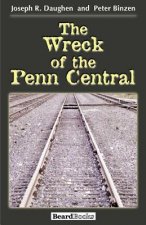
Wreck of the Penn Central
38.38 € -

Air Babylon
13.29 € -28 % -

English for Cabin Crew
59.03 € -

Classic Jaguar XK
28.10 € -19 % -

Cruising Attitude
13.29 € -26 % -

First Tycoon
20.65 € -20 % -

Helvetica and the New York City Subway System
49.56 € -4 % -

Rover 800 Series
28.10 € -19 % -

Titanic Captain
20.34 € -10 % -

Airport Operations, Third Edition
59.03 € -

Aerotropolis
19.64 € -18 % -

Low Cost Carrier Worldwide
78.98 € -

Airport Design and Operation
260.04 € -

Traffic Engineering Handbook 7e
156.36 € -

English for Cabin Crew: Audio CD
38.28 € -

Autocars Et Autobus Berliet
69.01 € -

Airworthiness
133.90 € -

Deep Sea and Foreign Going
11.27 € -28 % -

Aircraft Safety
38.58 € -14 % -

Mapping the Airways
20.14 € -18 % -

Lost Tramways of Wales: South Wales and Valleys
9.26 € -28 % -

Lighthouses
7.14 € -4 % -

Towards Sustainable Aviation
55.81 € -

Rise and Fall of Harland and Wolff
19.13 € -9 % -

Fighting Traffic
38.38 € -16 % -

Practical Aviation Security
121.91 € -

Project Apollo: The Moon Landings, 1968 - 1972
16.61 € -21 % -

Transport Operator Licensing
56.41 € -

London by Design
20.24 € -28 % -

Intercity Bus Lines Of The Southwest
19.44 € -

Corn Belt Route
50.87 € -
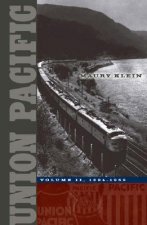
Union Pacific
28.91 € -10 % -

Trains, Buses, People
49.06 € -2 % -

Human Factors in Multi-Crew Flight Operations
87.75 € -
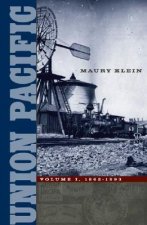
Union Pacific
25.38 € -4 % -

British Aircraft Manufacturers Since 1909
23.06 € -18 % -

Branch Lines Around Portmadoc, 1923-46
28.10 € -

Erie Lackawanna
31.12 € -19 % -

Safety is No Accident: From 'V' Bombers to Concorde
28.71 € -18 % -

Sustainable Aviation Futures
188.20 € -

Straight and Level
67.40 €
Collection points Bratislava a 2642 dalších
Copyright ©2008-24 najlacnejsie-knihy.sk All rights reservedPrivacyCookies


 15549 collection points
15549 collection points Delivery 2.99 €
Delivery 2.99 € 02/210 210 99 (8-15.30h)
02/210 210 99 (8-15.30h)